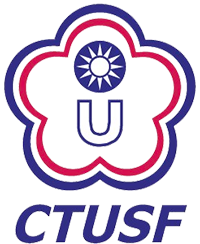Latest Articles
Author:Tun-Pin Hung;Jian-Chung Chang;I-Hsiang Lin;Ching-Lin Wu
Period/Date/Page:Vol. 26 No. 4 (2024/12),Pp. 383-396
DOI:10.5297/ser.202412_26(4).0005
Physiological Benefits of Singlet Oxygen During Exercise
Abstract:Oxygen in its excited state can form singlet oxygen (¹O₂). Inhaling ¹O₂ during exercise may contribute to exercise efficiency. This study aimed to describe the development of a simple ¹O₂ generation (SOG) device, verify its effectiveness in producing ¹O₂, and assess its physiological benefits during submaximal exercise in humans. Method: (a) SOG device: Utilizing the photosensitizer methylene blue (MB) and exposure to red light, oxygen in the air can be activated to produce singlet oxygen. The production of singlet oxygen is determined by monitoring changes in the concentration of 1,3-diphenylisobenzofuran (DPBF). (b) Human exercise testing: Twelve participants were recruited for two single-blind submaximal exercise tests, randomized in both ¹O₂ and regular environments. Oxygen consumption, heart rate, blood lactate, and rating of perceived exertion were analyzed during exercise. Results showed that: (a) The SOG device effectively produced ¹O₂. (b) Results from human exercise testing showed significantly lower oxygen consumption, heart rate, and blood lactate concentration during submaximal exercise in the ¹O₂ environment. In conclusion: The simple SOG device, when inhaled, improved oxygen utilization efficiency, potentially enhancing aerobic energy pathways during exercise and reducing blood lactate levels, thereby improving submaximal exercise performance. (Full text)




